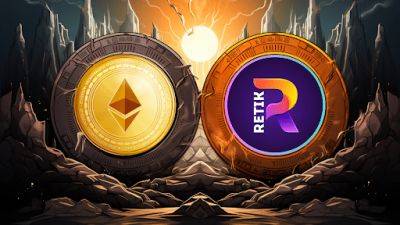How enterprises and governments can use a new 3D platform powered by Web3 and AI to drive digital transformation
The metaverse has the potential to revolutionize how businesses promote themselves, communicate with their clients, and build economies. By creating immersive 3D experiences, companies and organizations can develop interactive user stories and experiences that foster engagement, monetization, and data visualization, unlocking billion-dollar economies and commercial opportunities for both companies and user-generated content (UGC).
According to a McKinsey report, the metaverse market is poised to skyrocket from an already substantial $120 billion market in 2022 to an astonishing $5 trillion by 2030. This exponential growth will open up many opportunities across all industries. Technology research and consulting firm Gartner predicts that adoption will continue to rise steadily across various domains, including work, shopping, education, social interactions, and entertainment.
However, to realize this vision technically necessitates a paradigm shift in how 3D content is created and distributed, making it instantly accessible to everyone, just like the internet today.
The metaverse market has to overcome several major challenges before reaching a mature phase. Here are some of them:
Source: Ozone
Pioneering the field is Ozone — a new metaverse cloud ecosystem providing enterprise infrastructure packed with their proprietary 3D engine, enabled with fully managed AI and Web3 microservices solutions, saving their customers precious time and engineering resources to iterate and deploy a metaverse experience.
Source: Ozone
The platform provides interoperability, scalability, and monetization out of the box across Web2 and Web3. Enterprises and developers can leverage Ozone’s technologies and infrastructure for the entire cycle of
Read more on cointelegraph.com
 cointelegraph.com
cointelegraph.com


















